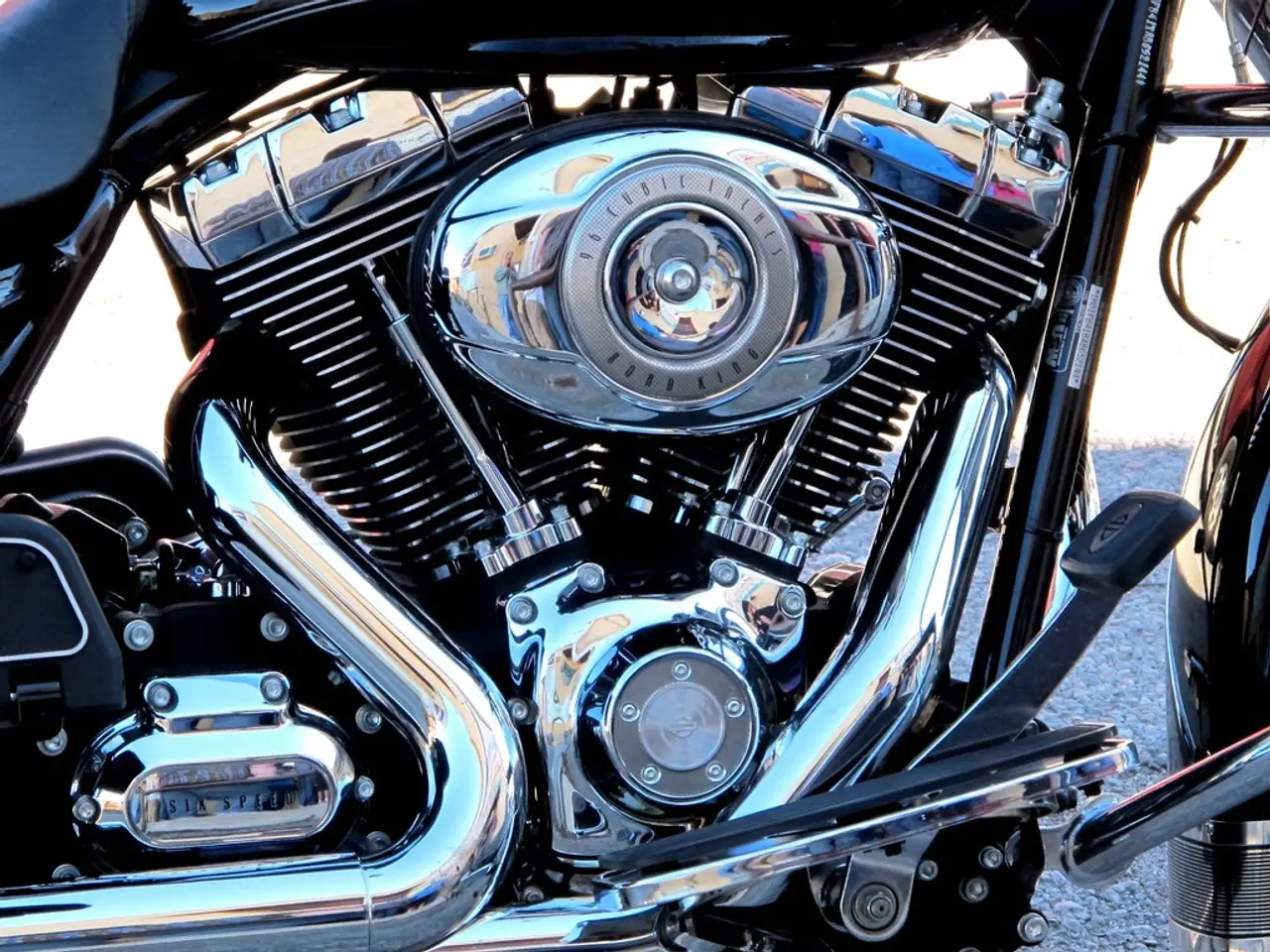Analysis: Examination of a Schematics for a Power Management System
High-Current Motor Control PCB with CAN Bus Interfacing: A Comprehensive Design Approach
In the realm of advanced propulsion systems, a high-current motor control PCB with CAN Bus interfacing plays a pivotal role in electric bikes, cars, motorbikes, and even fuel pumps. Sierra Circuits, a renowned name in PCB manufacturing, recently showcased a design case study that underscores the critical design considerations for such a PCB.
High Current Handling and Thermal Management
The design of this high-current motor control PCB necessitates the use of heavy copper layers, typically 70 µm (2 oz) copper thickness on the top and bottom layers, for superior current carrying capacity and heat dissipation. A 4-layer PCB stack-up is employed, where inner layers balance copper pours for current spreading and signal routing. Dense via arrays (via stitching) under power devices like MOSFETs aide heat conduction and current flow between layers.
Power Stage Design and Motor Control
The motor driver in this design consists of a three-phase inverter stage using MOSFETs or IGBTs, accompanied by appropriate gate drivers. Gate driver ICs supporting adequate gate voltages, dead-time insertion to prevent shoot-through, and protection features such as overcurrent and thermal shutdown are included. Accurate current sensing circuits using low-value shunt resistors, Hall sensors, or integrated current sense amplifiers are vital for precise motor control algorithms like Field Oriented Control (FOC).
CAN Bus Interface Integration
The CAN Bus lines in this design are designed with controlled impedance traces to ensure signal integrity and reduce electromagnetic interference (EMI). Proper decoupling capacitors close to CAN transceiver power pins are used to stabilize power supply noise. Stitching vias and ground planes strategically near CAN lines provide return paths and shield sensitive signals.
General PCB Design Best Practices
Decoupling capacitors are placed close to critical components’ power and ground pins to minimize noise. A proper layer stack-up segregates high current, high-speed signal, and ground/power planes efficiently. Controlled impedance guidelines are applied for all communication and sensitive control signals, especially CAN Bus lines.
A Robotic Motion Controller and a Brushed DC Motor Controller
In addition to the high-current motor control PCB, the design includes a robotic motion controller that facilitates the flexible arms or wings to rotate, slide, move, and position themselves according to the assigned task. The design also features a brushed DC motor controller.
Applications in the Automotive and Industrial Sectors
The high-current motor control PCB with CAN Bus interface is primarily used in the automotive and industrial sectors, powering various propulsion systems and automated machinery. With its robust power and control circuitry, excellent thermal management, and precise signal integrity, this design sets a benchmark for high-current motor control PCBs.
Technology plays a crucial role in the design of the high-current motor control PCB, as controlled impedance technology is used in the CAN Bus interface to ensure signal integrity and reduce electromagnetic interference. The high-current motor control PCB, combining advanced technology with efficient thermal management, is extensively utilized in the automotive and industrial sectors for powering various propulsion systems and automated machinery.




